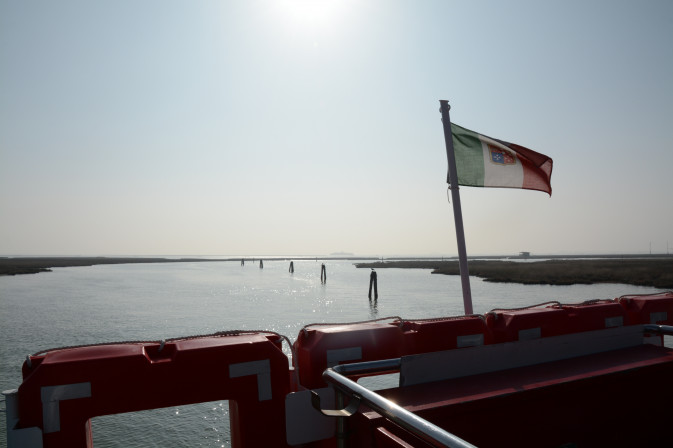
The REST-COAST Project’s Annual Meeting marked the success of the first year of RESToring COASTal ecosystems
On 18-21 October 2022, the REST-COAST consortium gathered in Venice, Italy for the first Annual Meeting of the project. Hosted by CORILA and CMCC the meeting in the Cultural Centre Don Orione Artigianelli involved more than 60 people from the 37 partnering organisations across Europe, Turkey and Israel. The project aims at restoring the ecological processes that link landscapes to the sea, and the entire myriad of benefits and services provided by coastal wetlands, estuaries and lagoons in the form of ecosystem services and nature-based solutions. The meeting was attended by marine scientists and engineers, social scientists and managers. Technical, financial and governance aspects of coastal restoration were clarified in view of their future upscaling.

The outstanding Venice Lagoon, with the host city of Venice, is itself a World Heritage Site and one of the major pilot sites of the REST-COAST project. The participants took part in a technical field trip on the first day of the meeting to the Northern and Eastern parts of the lagoon. Rewarded by scenic views, the REST-COAST group learned about the sophisticated flood protection infrastructure, the ongoing restoration measures for the salt marshes, as well as several successful examples of species recovery projects that involve management of the hydrological regime and restoration of the salinity gradients typical for coastal wetlands. The boat took the participants through the MOSE barrier structures located on the Lido inlet and the Dese River mouth. Guest speakers from the University of Padua, ISPRA and the Italian Ministry for Infrastructure and Transport introduced the REST-COAST team to some of the past and current challenges the region is facing and the positive examples of how coastal restoration activities come to provide solutions to old problems. An example for such solutions are the nature-based solutions (NbS) that have contributed to contrast salt march erosion, as well as intangible socio-cultural erosion in the Venice Lagoon. Moreover, by increasing the freshwater input and restoring the salt gradient, the ISPRA team succeeded in increasing coastal lagoon habitat and species recovery.

Photo(s): Footage from Venice and the REST-COAST Annual Meeting (credit to REST-COAST)